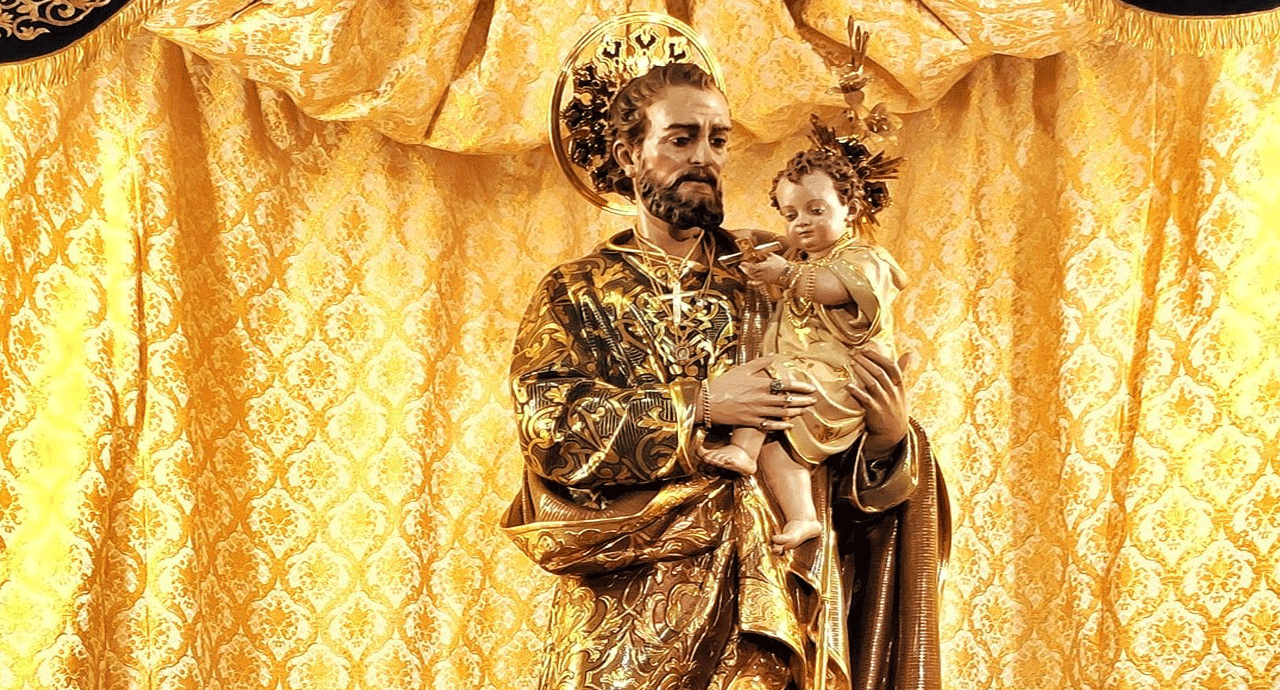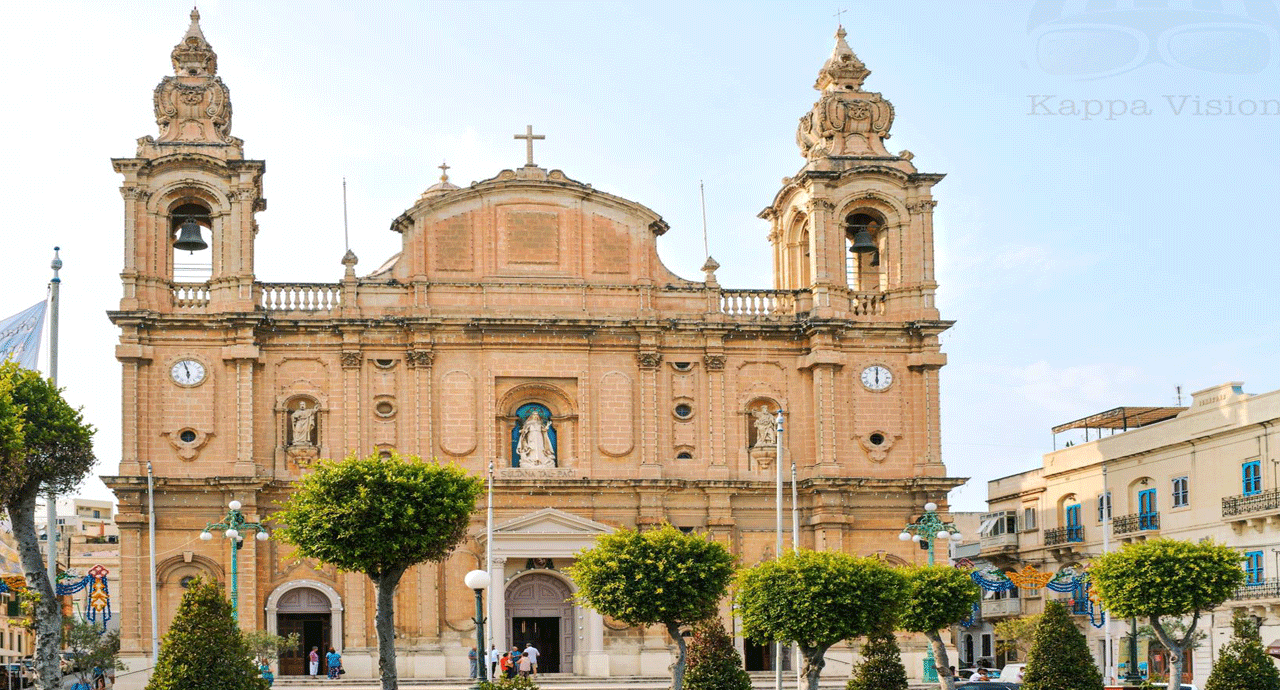Our Latest Blogs
from around the Maltese Islands
St. Joseph Church
Msida is a port city in central north Malta, just 2.5 km from Valletta. The city center was reclaimed from the sea after the Second World War.
Msida became a parish in 1867; the parish church of St. Joseph, whose feast is celebrated in July. This event is especially famous for the traditional game "il-gostra" in which participants walk along a greasy pillar above the water to get the prize attached to its end.
While in Msida, you must visit the church of its patron.
The design of the St. Joseph Church is typical of the traditional baroque churches prevailing a century earlier, but the Maltese people still adhered to this style, especially in churches. The plan of the building takes the form of a three-nave Latin cross, which was the most commonly adopted plan in the design of local parish churches. The façade of the building consists of a series of bays, with the two outer bays topped with proportional bell towers. It seems that Lorenzo Gafa's project for the parish church of St. Catherine in ?ejtun was the inspiration from which the architect Andrea Grima drew his inspiration. However, to see the main attraction of this place, you have to look inside the church - in the vault you can admire a mystical painted fresco depicting the death of St. Joseph.


